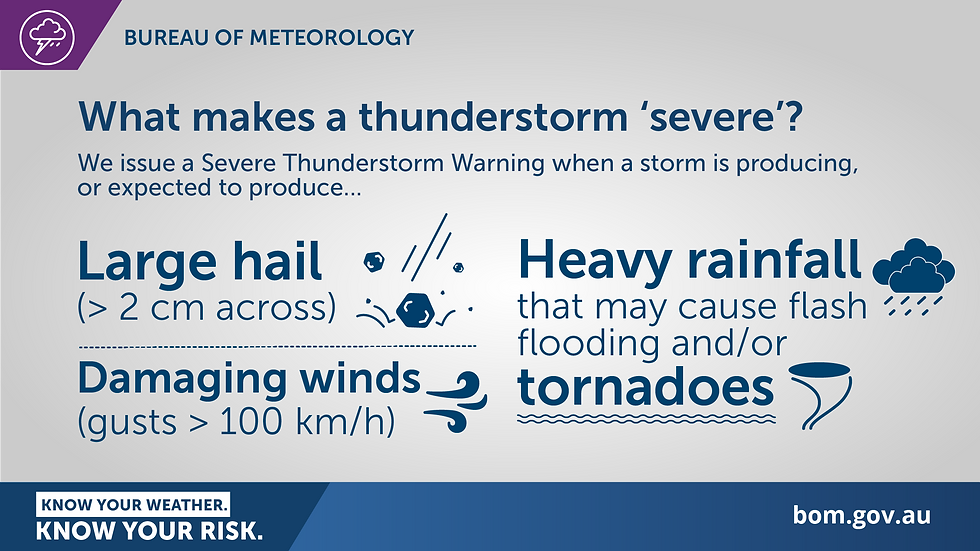
Introduction
Australia experiences a wide variety of weather conditions, including hailstorms. According to the Bureau of Meteorology, hail commonly occurs during spring and early summer. It is vital for property owners to understand the different sizes of hail and the potential damage they can cause in order to prepare effectively and protect their property from storm-related harm.
This blog post will provide an overview of the various hail sizes and associated risks, equipping readers with the knowledge they need to approach these weather events with informed readiness.
Grading Hail Sizes and Associated Risk
Pea-sized Hailstones (< 2cm): Low Risk
Hailstones of pea size, generally less than 2 centimetres in diameter, represent the smallest hail category. Although they may not pose a significant peril to property, they can still cause minor harm to exposed vehicles, outdoor equipment, and delicate plants.
Golf Ball-sized Hailstones (2cm-4.9cm): Moderate Risk
Hailstones approximately the size of golf balls, measuring up to 4.9 centimetres in diameter, fall within this category. These hailstones can cause noticeable damage to vehicles, windows, and roofing. Individuals caught outdoors during an episode of golf ball-sized hail are at risk of injury due to impacts.
Cricket-sized Hailstones (> 5cm): High Risk
Hailstones of cricket ball size, measuring around 5 centimetres in diameter, pose a significantly greater danger. They can inflict severe damage to vehicles, roofs, and property structures. Being struck by hailstones of this magnitude during a storm can result in serious injuries, underscoring the imperative of seeking shelter promptly.

Resource: Insurance Australia Group (IAG), November 2022
Warnings are issued for hail by the Bureau of Meteorology when the following conditions are met:
large hail with a diameter of at least 2 cm
wind gusts of at least 90 km/h
very heavy rain conducive to flash flooding
tornadoes.

Resource: Bureau of Meteorology (BOM), 24 May 2018
Summary
Understanding the different sizes of hailstorms and the risks they pose can help property owners make wise decisions when dealing with these weather events. By recognising the dangers associated with different hail sizes, you can take steps to protect your property and yourself. This will help you be prepared to handle the unpredictable forces of nature.
CONTACT US TODAY FOR YOUR FREE ROOF INSPECTION

Comentarios